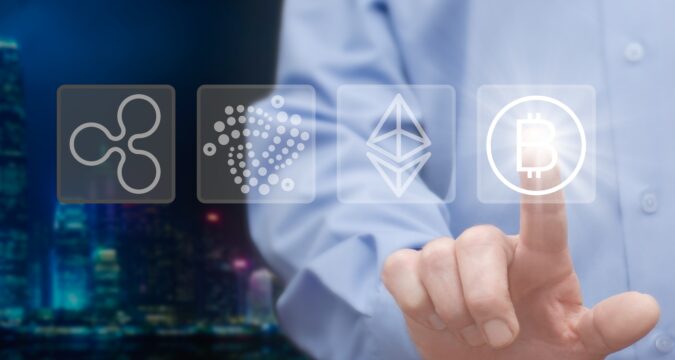
Ripple is a leading blockchain network renowned for its payment services. The network facilitates fast international settlements with low cost.
XRP, the native token of the network, is used to provide liquidity for these settlements which many financial institutions find helpful in reducing the cost of cross-border payments. The network currently provides its services to hundreds of financial companies worldwide.
XRP is also used as an investment asset in the crypto space. However, Ripple isn’t the only crypto project that you can use, both as a settlement network and as an investment asset.
In this guide, we discuss some top alternatives to Ripple and XRP, some for settlement, and some as investment assets.
Stellar (XLM)
Stellar is a blockchain company that is also known for its payment settlement services. The network uses Stellar Lumens (XLM) to provide liquidity that powers international settlements. Unlike Ripple however, Stellar focuses its services not just on institutions but also on individuals.
Payments on the network are lightning fast and low cost, costing a fraction of a dollar for huge funds transfers. Stellar’s main vision is ensuring that financial inclusion becomes a reality, especially by banking the unbanked in all parts of the world.
Because of this, most of the project’s efforts have been focused towards Africa where most of the population remains unbanked till today.
Ethereum (ETH)
Ethereum is the second largest crypto project by market cap, right after Bitcoin. The network isn’t exactly focused on international settlements, but it is nonetheless used for payments. Its main area of focus is in smart contracts and decentralized applications.
You can use the network to build different applications ranging from games to financial services. While it was the first of its kind, it is faced with several limitations such as slow transactions which result in high transaction fees.
Although the project is working on improving in these areas, it is not there yet, which makes it a weak competition against Ripple. However, its token, ETH, is so far worth a lot more than XRP and is generally more popular among investors.
Solana (SOL)
Solana is a proof-of-stake (PoS) network like Ethereum, that was created to improve Ethereum’s performance. It is therefore a super fast and low-cost network for transactions. You can use it to build decentralized applications just like Ethereum.
The network’s popularity has been on the increase because of the high efficiency and low cost of using it compared to Ethereum. It is also an excellent network for making international transactions because of the high speed and low cost, making it a formidable competition against RIpple.
The native token, SOL, is also a top-performing crypto asset currently, being the 5th largest by market capitalization.
Cosmos (ATOM)
Cosmos is a blockchain project that aims to bring about interoperability between blockchains. This way, it hopes to break barriers that hinder free use of multiple blockchains by developers in building applications.
Because of this focus on interoperability, Cosmos is likely to bring about more long term growth and sustainability to the blockchain space. This gives it an edge over Ripple which although is currently doing well, may not be very relevant in the near future.
Ripple also focuses on cross-border payment as well, which is quite limited compared to Cosmos’ more versatile approach.
Cardano (ADA)
Another major competitor against Ripple is Cardano, which is a PoS network that focuses on scientific research. Nothing gets implemented on the network without a thorough research and peer review.
This is what sets Cardano apart, and makes it an efficient crypto network. The network is also a fast, scalable, and cheap network, just like Ripple. This further strengthens it as a rival of Ripple’s and also makes it one with a strong future.
With its approach of rolling out features slowly, Cardano seems slow now, but its founder, Charles Hoskinson remains resolute about making it the best network in the crypto space in the near future.


